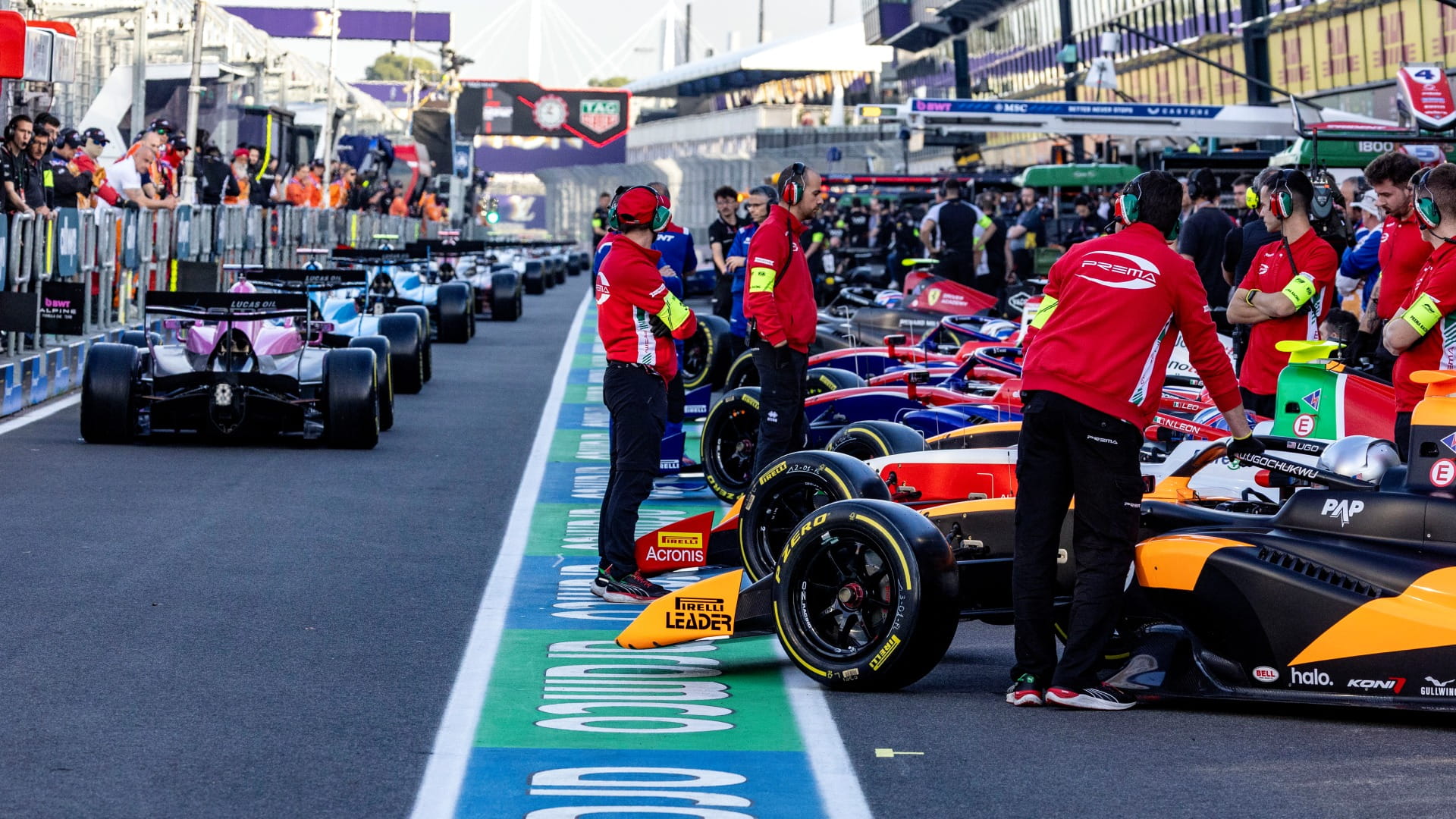Event
Technical images from the 2025 Japanese Grand Prix explained - as Tsunoda makes home Red Bull debut
by Samarth Kanal
4min read
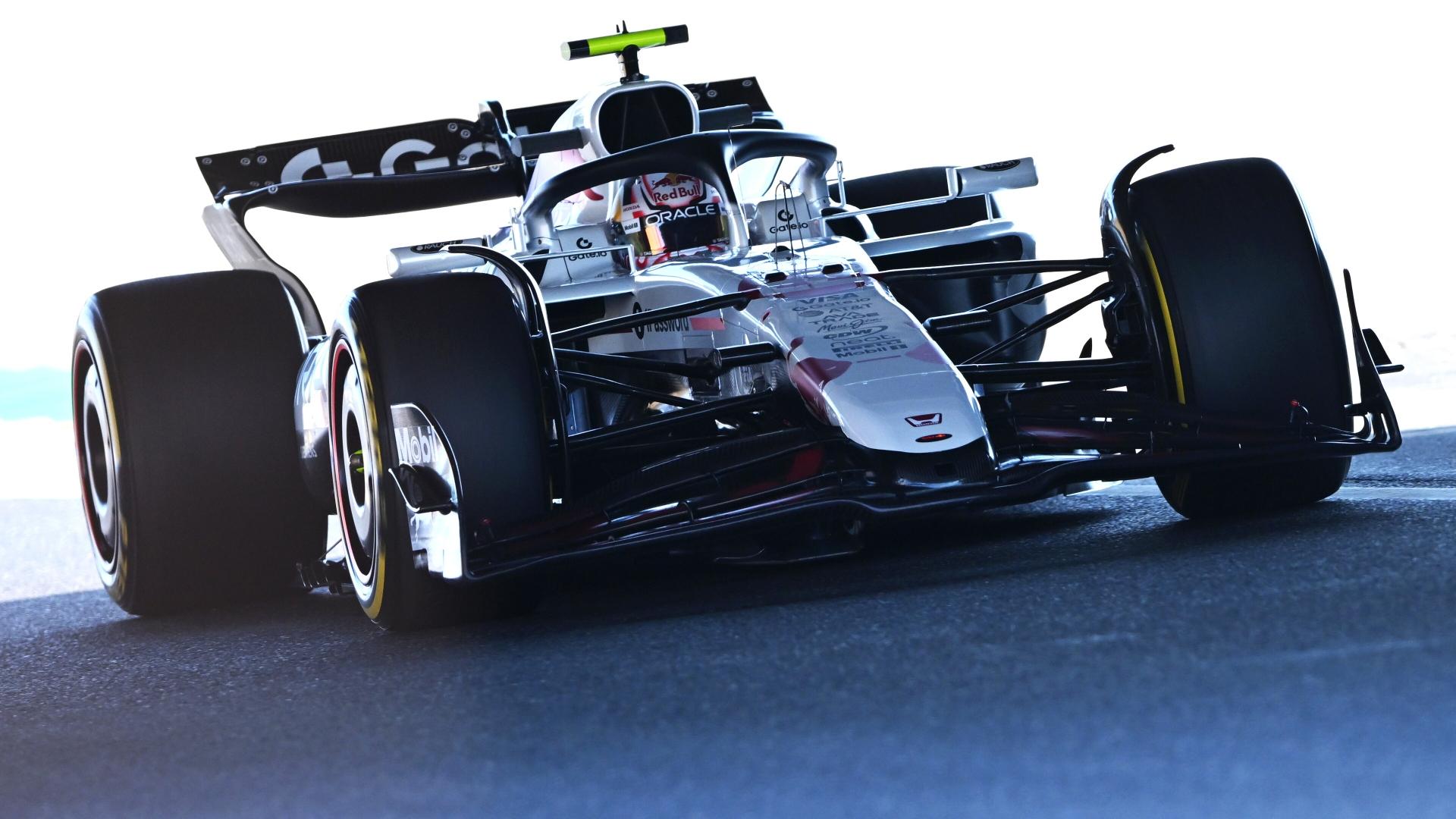
Teams continued to tweak their Formula 1 cars in the 2025 Japanese Grand Prix at Suzuka, where we have compiled and explained technical images from the paddock.
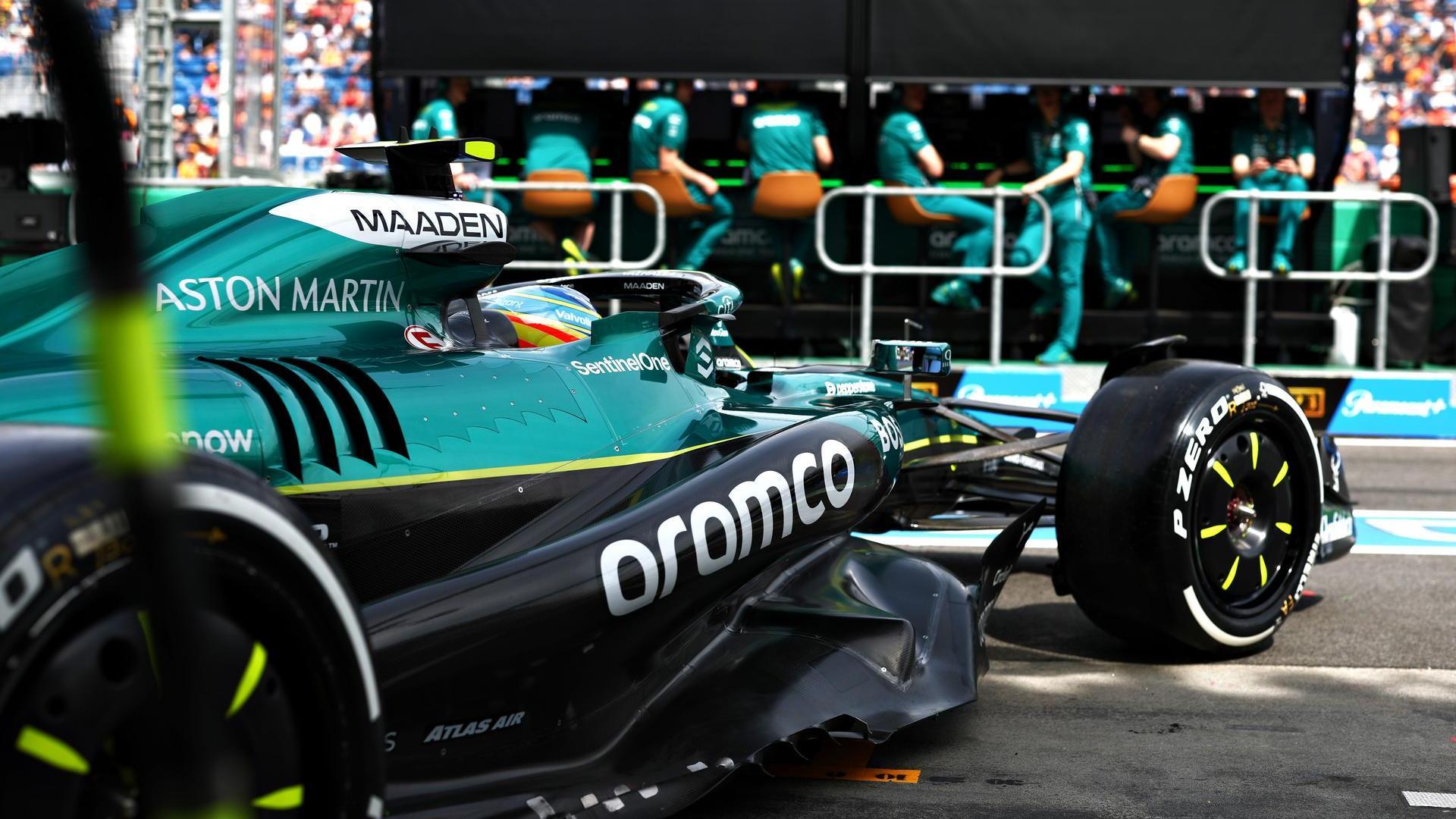
Sign up for a weekly newsletter and we'll make sure you're fully up-to-date in the world of race technology
Home driver Yuki Tsunoda enjoyed the spotlight at Suzuka having been promoted from Racing Bulls to Red Bull, while Liam Lawson was sent the other way after just two races of the 2025 season.
The Red Bull RB21s sported a special white livery (main image) to celebrate the team’s final year in its partnership with engine supplier Honda - who will switch to supplying Aston Martin from 2026. But there was plenty more that caught the eye in Japan.
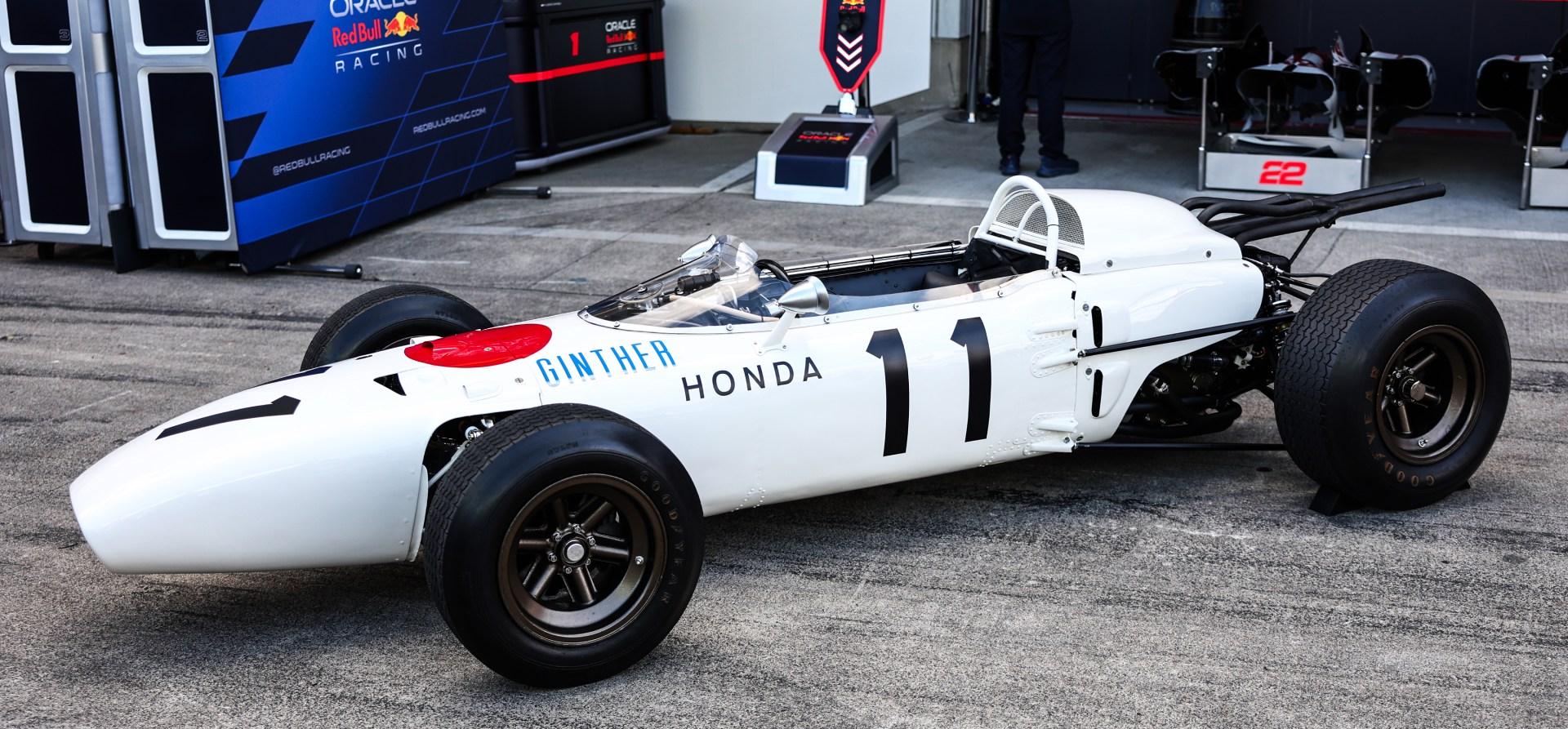
The Honda RA272 was exhibited outside Tsunoda’s garage in the Suzuka pitlane. This was the car with which Richie Ginther took the first win for Honda in F1, at the 1965 Mexican Grand Prix. Red Bull modelled its 2025 Japanese Grand Prix livery on that of the RA272 - but the resemblance between the two cars ends there.
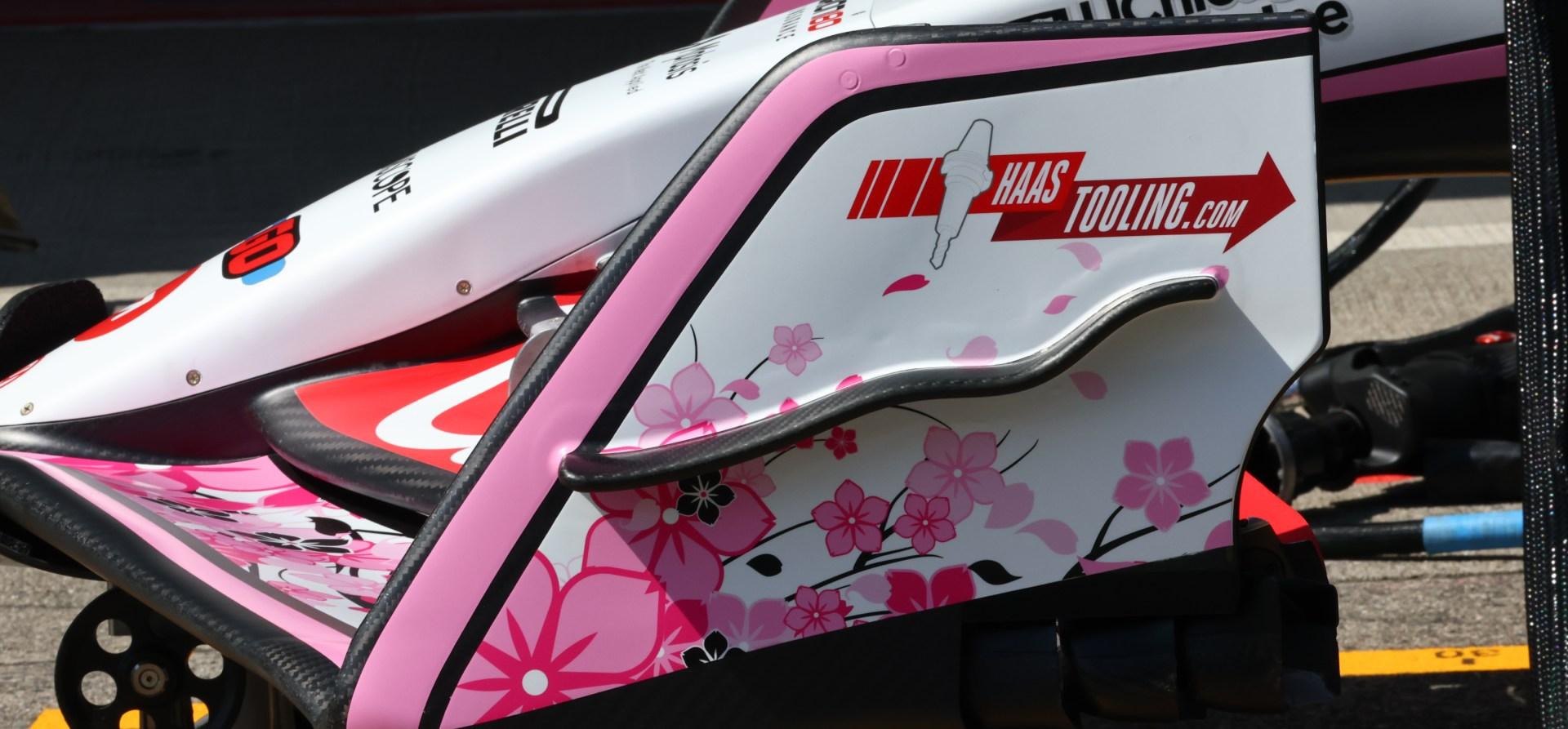
Haas also changed its livery for the 2025 Japanese Grand Prix with an eye-catching cherry blossom motif. The team brought a new floor upgrade (not visible to the naked eye) to the track to improve stability. Pictured are the canards on the edge of the Haas VF-25’s front wing endplates, with an unusual wavy shape. These devices help steer airflow above the front tyres.
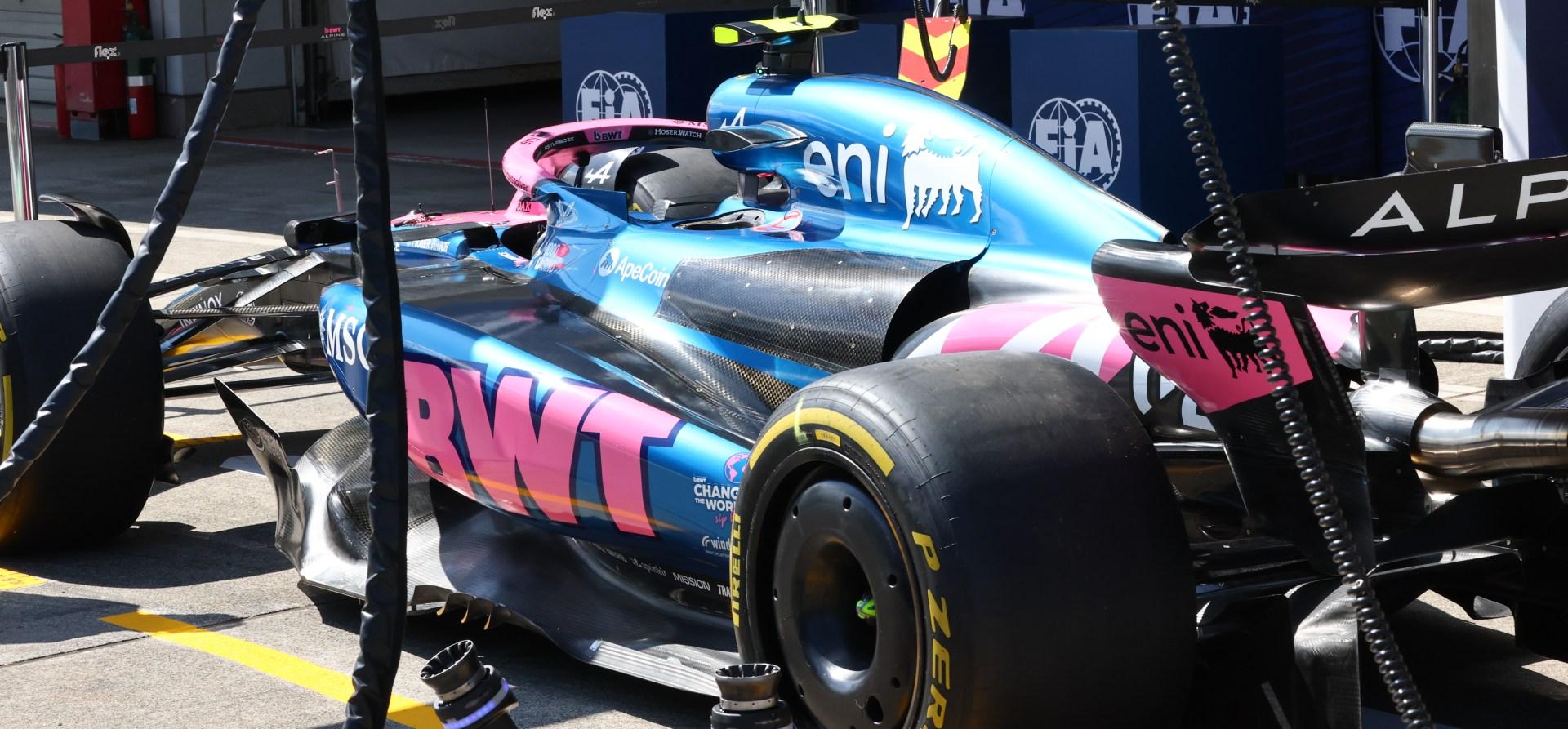
Alpine’s F1 car sports long cooling cannons on the side of its engine cover (under the eni logo) that direct airflow towards the rear wing. The air that exits these cooling cannons is hot air that is sucked in by the sidepods, through the radiator and over the engine.
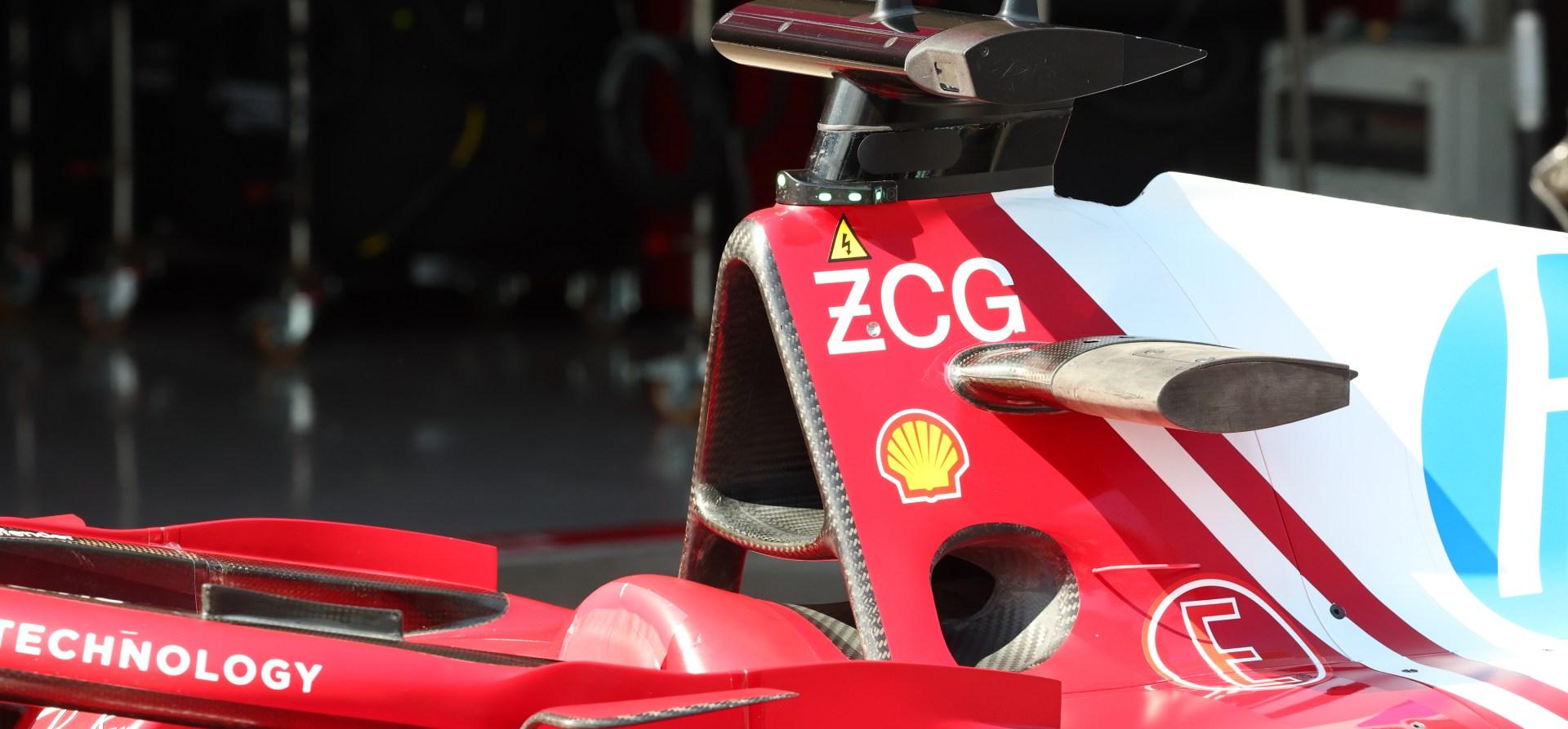
Detail showing the airbox inlet on the top of the Ferrari SF-25. This inlet has an unusual triangular shape. Other teams have opted for square and round airboxes - so it’s not clear why Ferrari has differed in its approach. Above the airbox sits the camera housing from which views of the driver and car are captured and eventually broadcast around the world.
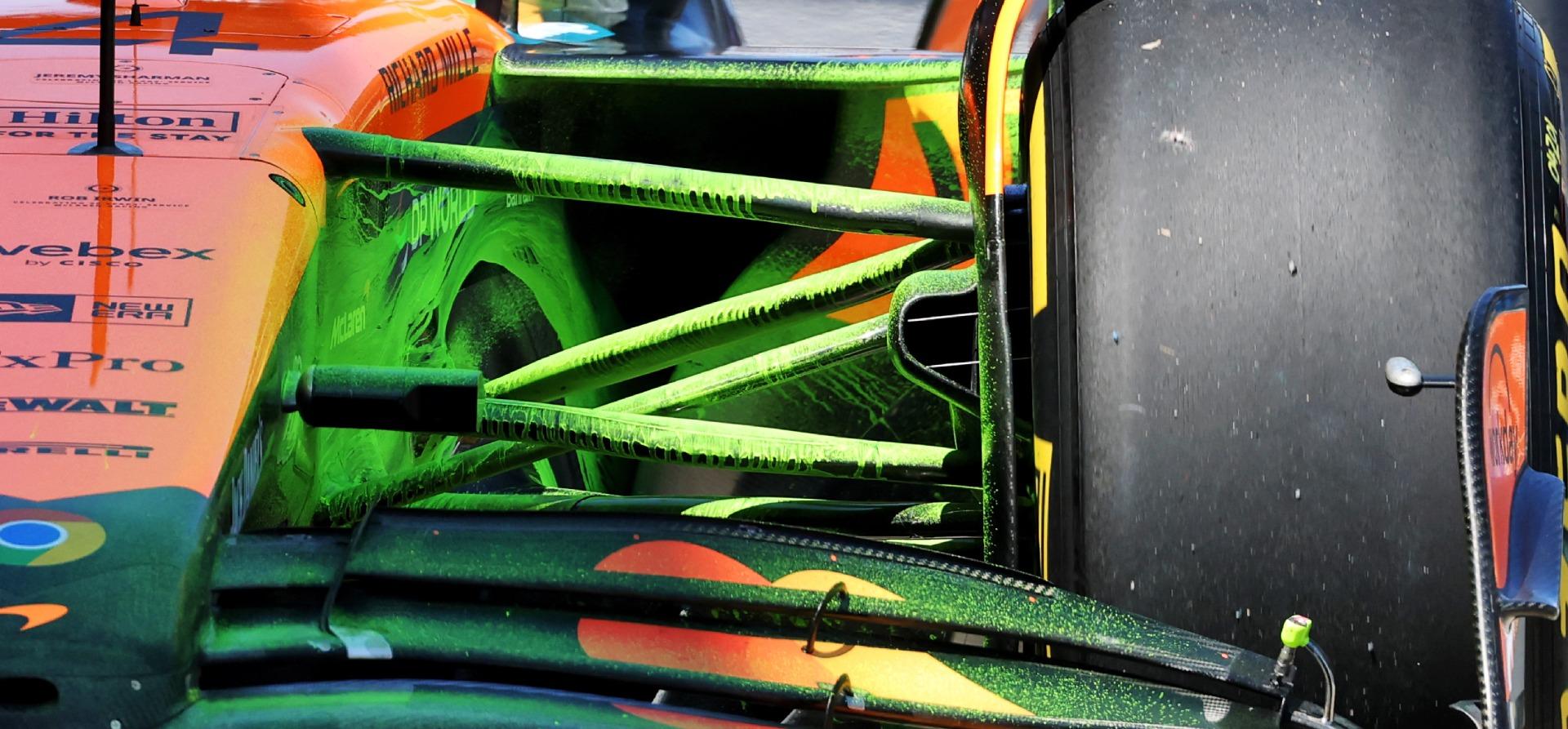
McLaren daubed flow-vis paint along the left-hand side of its car for practice at Suzuka. This paint helps visualise airflow, ensuring the team can match what it’s learned at the factory and in simulations to what’s actually happening trackside.
.jpg?cx=0.5&cy=0.5)
Detail showing the sharp floor entry vanes on the Ferrari SF-25 coupled with the suspension fairings at the front of the car. These suspension fairings help channel airflow to the floor, and are sculpted and pointed specifically for that reason.
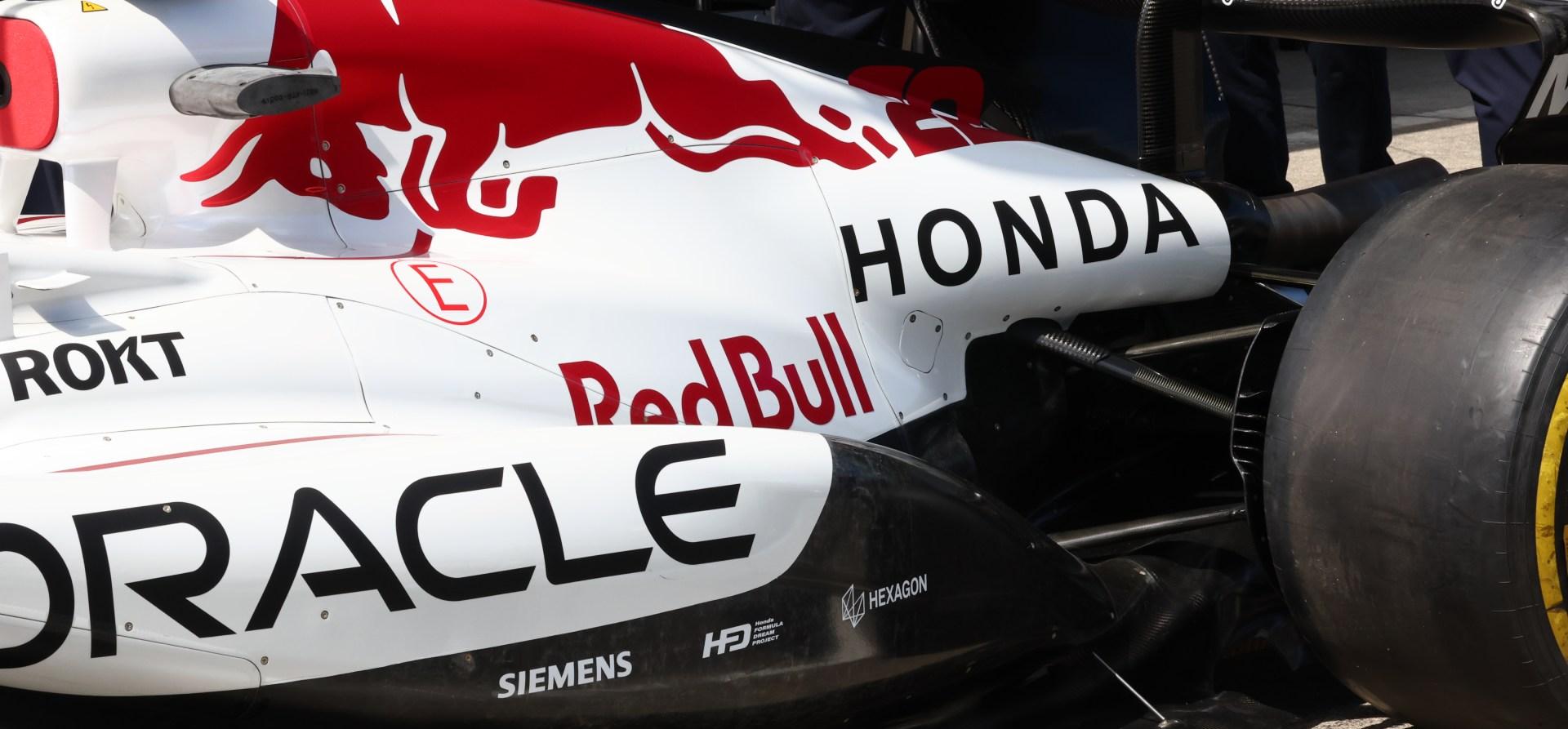
Red Bull made subtle changes to the exit of its engine cover for reliability. Furthermore it enlarged the rear brake duct casings and changed shrouding around the lower rear suspension wishbones to give the brakes more airflow for cooling purposes.
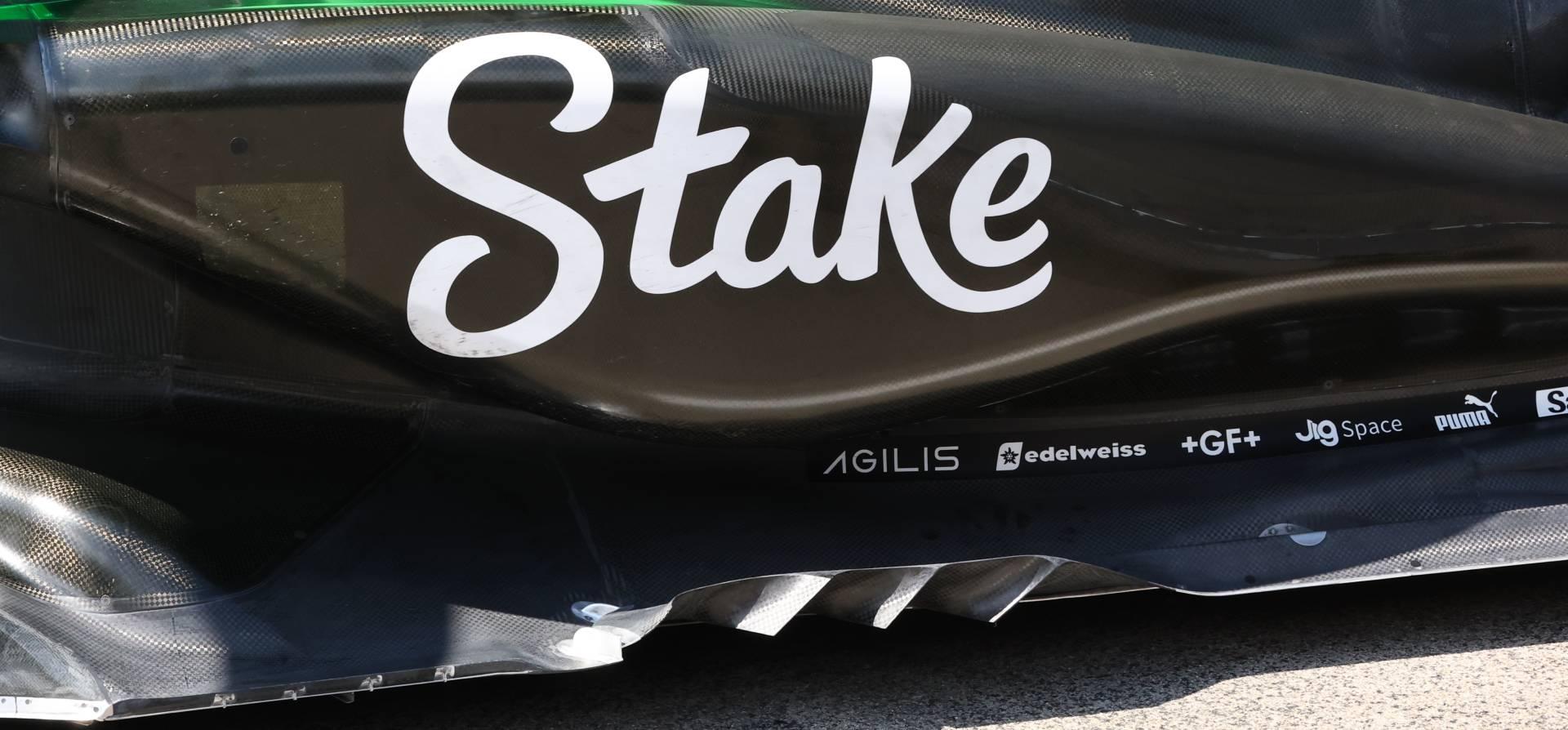
The floor vanes on the bottom of the Sauber F1 car in Suzuka, showing how teams sculpt the floor to energise airflow and enhance downforce under the length of the car. Sauber declared a significant upgrade package in Japan including floor details and changes to the rear wing.
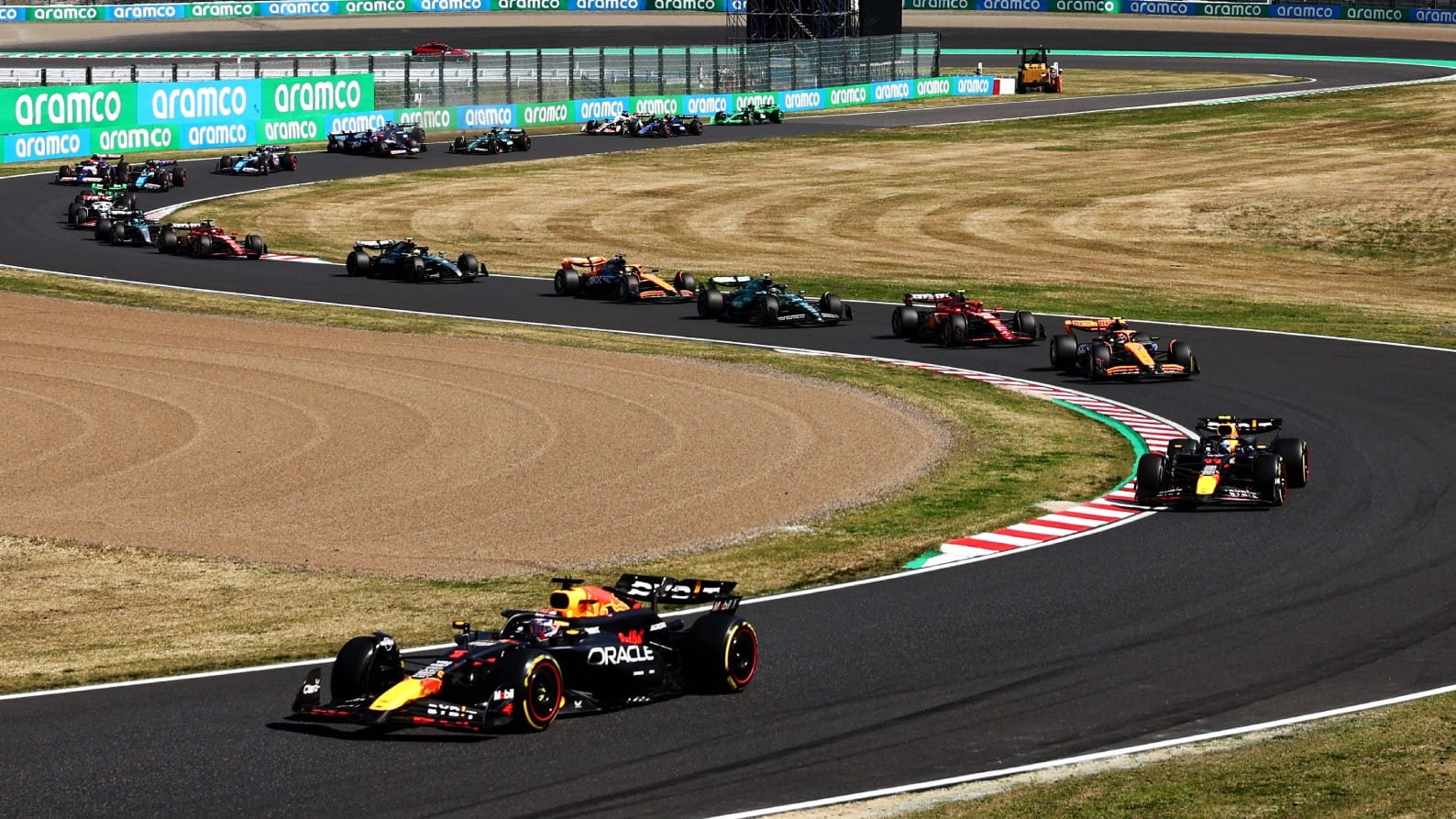
.jpg?cx=0.5&cy=0.5)

